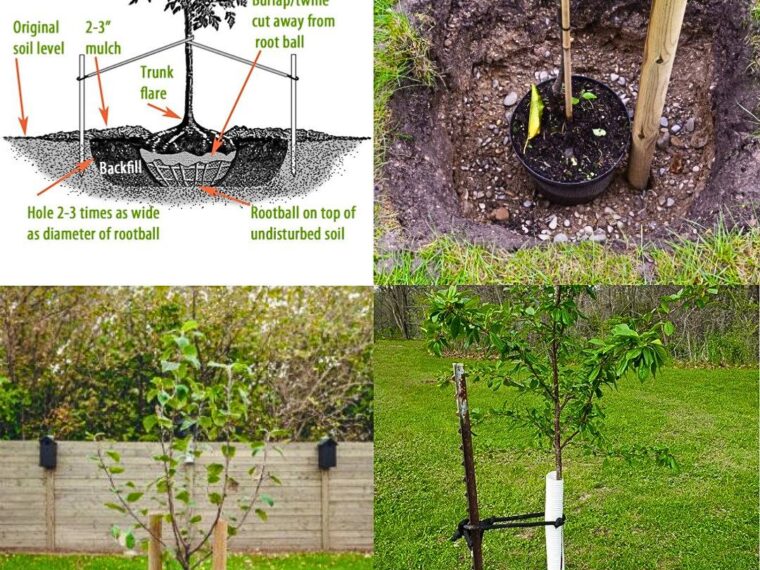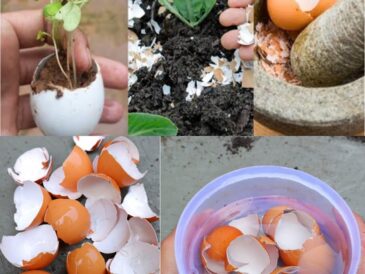Best Practices for Planting Fruit Trees in the Fall
- Choosing the Right Location
- Sunlight: Select a location that receives at least 6 to 8 hours of direct sunlight each day. Fruit trees need plenty of sunlight to produce abundant and healthy fruits.
- Soil Drainage: Ensure that the soil drains well. Poor drainage can lead to root rot, which is detrimental to fruit trees. If your soil has poor drainage, consider planting the tree on a raised bed or mound.
- Space: Allow sufficient space for the tree to grow. Consider the mature size of the tree and ensure it has enough room to spread its roots and branches without competing with other plants or structures.
- Preparing the Soil
- Soil Testing: Before planting, test the soil to determine its pH and nutrient levels. Most fruit trees prefer a slightly acidic to neutral pH (around 6.0 to 7.0). If necessary, amend the soil with lime or sulfur to adjust the pH.
- Organic Matter: Incorporate organic matter, such as compost or well-rotted manure, into the soil. This improves soil structure, increases fertility, and enhances moisture retention.
- Fertilization: Avoid using high-nitrogen fertilizers at planting time, as they can stimulate excessive leaf growth at the expense of root development. Instead, use a balanced fertilizer or one that is low in nitrogen.
- Planting the Tree
- Digging the Hole: Dig a hole that is twice as wide and just as deep as the root ball of the tree. This allows the roots to spread out comfortably in the loosened soil.
- Planting Depth: Place the tree in the hole so that the graft union (the bulge where the tree was grafted onto the rootstock) is a few inches above the soil line. This prevents the graft from being buried, which can lead to disease.
- Backfilling: Backfill the hole with the soil you removed, breaking up clumps as you go. Gently tamp the soil to remove air pockets but avoid compacting it too much, as this can hinder root growth.
- Watering: Water the tree thoroughly after planting. This helps to settle the soil around the roots and eliminates any remaining air pockets. Continue to water the tree regularly until the ground freezes.
- Mulching
- Mulch Application: Apply a layer of mulch, such as wood chips or straw, around the base of the tree. Mulch helps to retain moisture, regulate soil temperature, and suppress weeds.
- Mulch Placement: Keep the mulch a few inches away from the trunk to prevent rot and discourage pests from nesting near the tree.
- Protection Against Winter
- Trunk Wrapping: Protect the tree’s trunk from winter damage by wrapping it with tree wrap or using a protective guard. This prevents sunscald and damage from pests, such as rodents, during the winter.
- Windbreaks: If you live in an area with strong winter winds, consider installing a windbreak to protect the young tree. This can be as simple as placing a temporary fence or using burlap.
Conclusion
Planting fruit trees in the fall offers numerous advantages, from optimal soil conditions to reduced stress and better root establishment. By following these best practices, you can ensure your fruit trees have a strong start and are well-prepared for the growing season ahead. With proper care and attention, your fall-planted fruit trees will reward you with bountiful harvests for years to come.
Pages: 1 2




